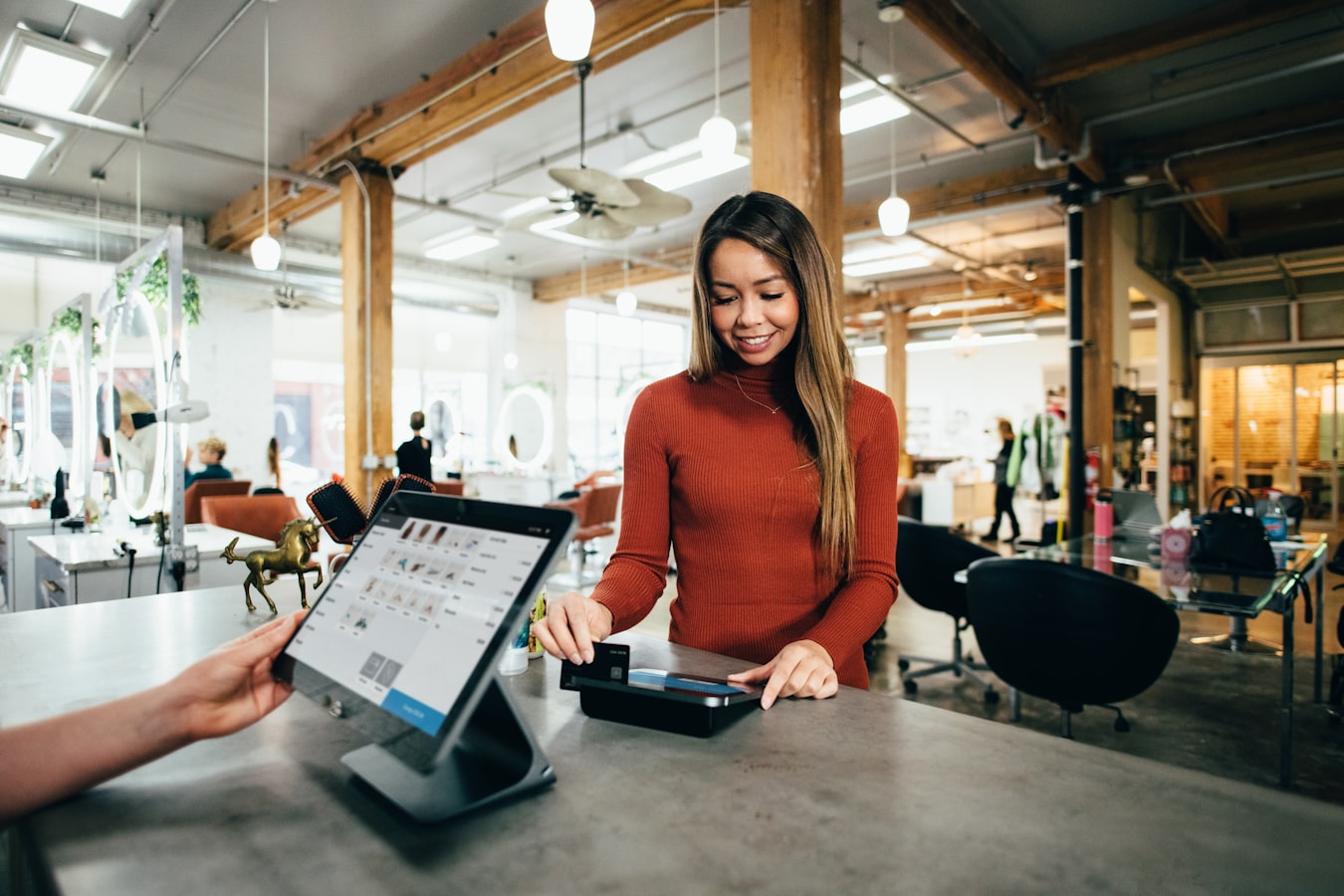📚 Table of Contents
AI-Driven Hyper-Personalization
The future of e-commerce lies in delivering tailor-made experiences at scale, and artificial intelligence is the engine powering this revolution. By 2025, AI won’t just recommend products—it will anticipate needs before customers articulate them. Machine learning algorithms now analyze behavioral data across multiple touchpoints, from browsing patterns to social media interactions, creating dynamic customer profiles that evolve in real-time.
Take Stitch Fix’s “Style Shuffle” as an early example—users swipe through clothing items while the algorithm deciphers their aesthetic preferences down to fabric textures and color palettes. Forward-thinking retailers are implementing emotion recognition AI that adjusts product displays based on facial expressions captured through webcams. The next frontier? Neural networks that synthesize purchase history with external data like weather forecasts to suggest umbrellas before rain appears in the forecast or workout gear when gym attendance spikes in January.
Implementation requires robust data infrastructure. Shopify’s AI-powered “Smart Collections” automatically categorize products based on customer behavior, while Adobe’s Sensei leverages predictive analytics to personalize email campaigns. The key differentiator in 2025 will be zero-party data—information customers willingly share through quizzes or preference centers, yielding 3-5x higher conversion rates than traditional methods.
Sustainability as a Core Business Model
Greenwashing no longer cuts it—consumers demand radical transparency. A 2024 NielsenIQ study revealed 78% of millennials will abandon carts if sustainability claims lack verification. The circular economy is reshaping logistics, with Patagonia’s Worn Wear program generating 30% of revenue from refurbished goods. Expect these innovations to dominate:
Blockchain-powered provenance tracking: Each product gets a digital passport—scan a QR code to see a cotton shirt’s journey from regenerative farms to biodegradable packaging. Allbirds’ “Carbon Footprint” labels already showcase this.
Reverse logistics 2.0: Amazon’s “Certified Refurbished” program uses machine vision to grade returned items, while startups like Trove automate resale integration directly into retailers’ websites.
Packaging revolution: Notpla’s seaweed-based wrappers dissolve in water, and Mushroom Packaging grows custom protective molds from mycelium in 9 days. By 2025, 60% of Fortune 500 retailers will adopt such materials.
The Rise of Social Commerce
The line between social media and shopping vanishes as platforms become storefronts. TikTok Shop’s 2023 $20B GMV proves consumers crave entertainment-driven purchases. Key developments include:
Live shopping ecosystems: Pinterest’s “Shop the Look” AR feature lets users tap on influencers’ outfits during streams to buy items instantly. China’s Taobao Live hosts 400,000 daily livestreams averaging $7M in sales each.
Community-driven drops: Discord servers now host exclusive product launches—streetwear brand Supreme saw 300% engagement boosts from this tactic. Expect “shoppable podcasts” where listeners purchase mentioned items via voice commands.
UGC monetization: Instagram’s “Affiliate Shops” let creators earn commissions on tagged products. The twist? AI now matches micro-influencers with niche brands based on audience psychographics, yielding 8x higher ROI than celebrity endorsements.
Voice Commerce Goes Mainstream
With 55% of households owning smart speakers by 2025 (Juniper Research), voice shopping will leap from simple reorders to complex purchases. Advancements include:
Conversational AI: Walmart’s Voice Order understands contextual requests like “Add milk—the organic kind I bought last week.” Natural language processing now handles multi-item purchases with 92% accuracy.
Sonic branding: McDonald’s patented a “Sonic Logo” for drive-thru voice assistants—distinct audio cues build brand recognition in screenless interactions.
Voice SEO: Optimizing for phrases like “Alexa, find vegan leather bags under $100” requires semantic keyword clusters. Tools like SEMrush’s Voice Assistant track ranking factors for 200+ voice search variants.
Blockchain for Transparency & Trust
Beyond cryptocurrencies, blockchain solves e-commerce’s trust deficit. Luxury conglomerate LVMH’s AURA platform traces every Louis Vuitton bag’s materials, while De Beers tracks diamonds from mine to ring. Emerging applications:
Smart contracts: Automate cross-border payments—when DHL’s sensors confirm delivery, funds instantly release to suppliers, cutting processing from 5 days to 5 minutes.
Anti-counterfeiting: Nike’s CryptoKicks embeds NFTs in sneakers, enabling authentication via blockchain scans. Alibaba’s IP Protection Platform reduced fakes by 83% using similar tech.
Decentralized marketplaces: OpenBazaar allows peer-to-peer sales without platform fees, while Boson Protocol turns NFT vouchers into real-world products at partnered stores.
Conclusion
The 2025 e-commerce landscape rewards businesses blending technological innovation with authentic customer connections. Winners will master AI personalization without creeping users out, embed sustainability into operations rather than marketing, and meet shoppers wherever they are—be it VR dressing rooms or WhatsApp catalogs. The time to future-proof is now.


Leave a Reply